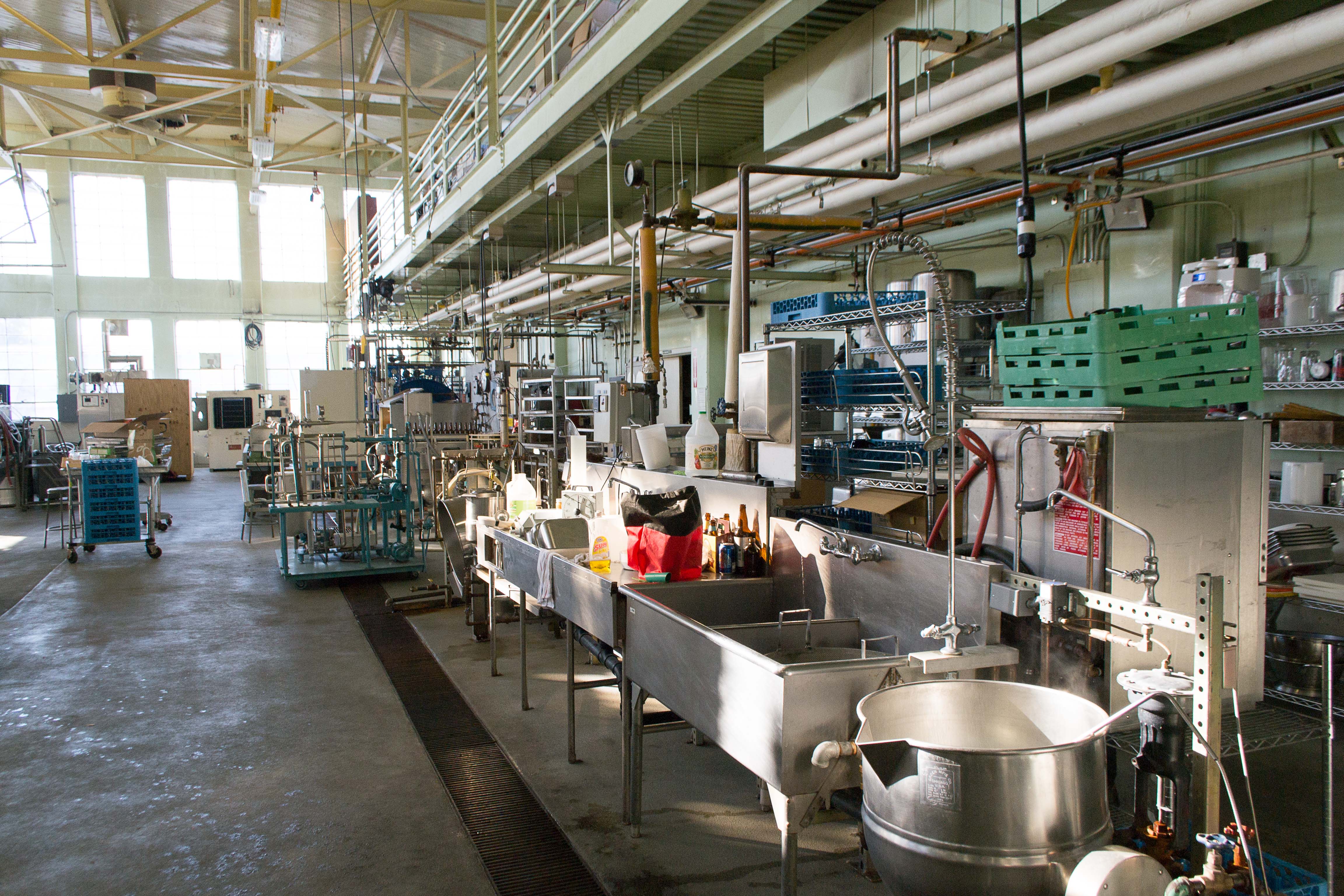
Photo from academic.microsoft.com
Fruits are a valuable source of phytochemicals. However, there is little detailed information about the compounds contained in fruit wines. In this study, wines from six different berries were analyzed… Click to show full abstract
Fruits are a valuable source of phytochemicals. However, there is little detailed information about the compounds contained in fruit wines. In this study, wines from six different berries were analyzed using HPLC-DAD-ESI-MSn. About 150 compounds were identified, including anthocyanins (34), hydroxycinnamic acids (12) and flavonols (36). Some of the compounds were identified for the first time in berry wines. The blackberry wines were found to contain the largest number of bioactive compounds (59). Elderberry wines where the richest source of polyphenols (over 1000 mg/L) and contained the largest amounts of all of the analyzed groups of compounds (hydroxycinnamic acids, anthocyanins and flavonols). The lowest concentration of polyphenols was observed in the wines made from cranberries and bilberries (less than 500 mg/L). The antioxidant activity was determined in relation to ABTS+, DPPH, and FRAP. The highest values were observed in the blackberry wines, and the lowest for the cranberry wines. The wines were analyzed to test their antimicrobial activity. Five of the six wines (with the exception of elderberry wine) inhibited Bacillus cereus growth and two (blackberry and cranberry wines) were active against Listeria monocytogenes.
Journal Title: Foods
Year Published: 2020
Link to full text (if available)
Share on Social Media: Sign Up to like & get
recommendations!